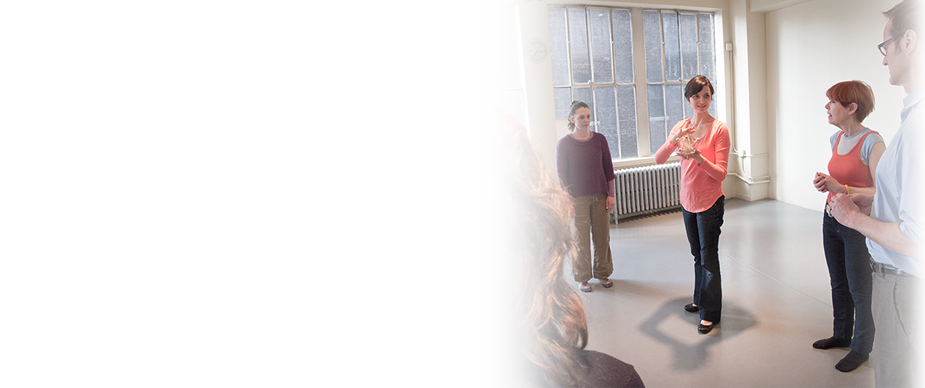Posture & Sleep Tips for the Non-Morning Person
/I'm not a morning person.
Like many thought, I've adapted to a lifestyle where "the day" starts at 8am, meaning getting up at 6am. I don't like this, but I do it, which means I set my alarm for 5:45 and get up at 6:15, giving myself the illusion of having gotten more sleep, but really what I got was more time in bed awake noticing myself still in bed.
I could set my alarm for 6am and actually get 15 minutes more sleep...or set it for 6:15 and get up at 6:15 and get 30 minutes more sleep, but somehow that seems more painful. I need at least 15-30 minutes of time still in bed waking up, feeling that I'm in bed half asleep, but aware that I'm half asleep and in bed. This awareness of being in bed and sleepy somehow gives me the courage to sit up, put my feet on the floor and head for the kitchen.
For the past few months, since I haven't had to do more than nudge my kids around 8:30 to jump into their online classes, I've actually been fulfilliing my non-morning person dream.
Taking more time to wake up, I realized that I still don't feel particularly chipper in the morning, even with more sleep, but on the up side I do acknowledge that at age 40 I feel much better than I did at age 20. I'll credit that to learning the Alexander Technique and dealing with a lot of tension and imbalace in my body, much of which I attribute to scoliosis and having worn a back brace through my teens. Sometimes I feel like I'm tensing my body unconsciously in order to feel like I'm wearing a brace. Why would I do this? No good reason other than ingrained habit. I admit though that I've come a long way.
Many of my clients ask me about sleep. Sleep is tricky as we're not conscious when we're sleeping. Many people notice or suspect sleep habits that affect their posture and well-being during the day. I can all too well relate, so I've put together a list here of common issues and ways to trouble-shoot them.
Tense neck, shoulders, or jaw - Choose a pillow height that keeps your head from dropping down below your shoulders if you're on your back or side, but isn't so high that your chin is pulling toward your chest. You may need a higher pillow if you're sleeping on your side.
Tense shoulders - If you're a side-sleeper with tense shoulders, try placing a pillow next to you that you can rest your top arm on so that your shoulder doesn't drop and may be less likely to pull up/forward.
Twisting hips - If you're a side-sleeper, your top leg may pull your top hip down and lead to some compression in the lower back. Try placing a pillow between your knees to prevent this twist.
Overall tension/restlessness/mind-racing - Do something to help you relax and connect to your body before going to sleep. You could try lying on the floor and listening to my free audio guide for releasing tension and improving body awareness or listen to a guided meditation that you enjoy. Even if you can't control what you do while you're sleeping, you can set yourself up to begin your night in a more relaxed state with calm breathing.
To return to my own journey, I'm not sure if I'll ever be a "morning person", but I've learned how to improve the quality of my sleep in order to feel better in the morning and more alert throughout the day...and I've found that if I use some time at night of just being aware of myself lying down and getting sleepy (what I like to do when I'm waking up!) that I tend to sleep better.


